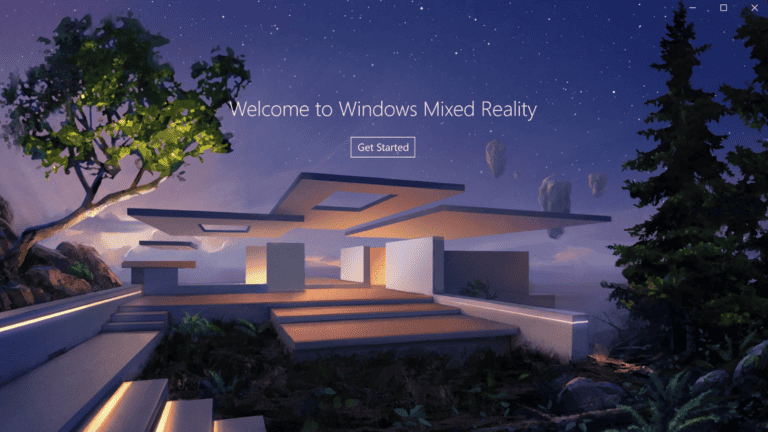In late 2023, Microsoft announced that Windows Mixed Reality (WMR) was no longer being developed. However, it turns out that the application’s end-of-life status will not arrive until November 2026. Even then, VR headsets that rely on WMR will still continue to operate.
We previously noted that WMR already failed as a VR platform years ago. Microsoft showed great ambition when it introduced the platform in 2015, but WMR’s application was soon not developed further. Officially, Microsoft still provided updates, primarily to support newly released VR offerings.
Tip: Windows Mixed Reality dies a quiet death
End in sight, but functionality remains
As of Nov. 1, 2026, WMR for Windows Home and Pro users will no longer receive updates. Commercial editions of Windows will receive support for another year on top of that. Nevertheless, VR headsets such as the HP Reverb and Samsung HMD Odyssey will still remain functional after that date, although Microsoft will no longer provide security updates from then on. Thus, vulnerabilities akin to CVE-2022-37974 will no longer be patched.
For many VR users, WMR products will by then be obsolete. In fact, they’re already technologically impaired. For example, all headsets from this platform have to be wired to function at all, being required to connect to a PC via HDMI and USB-C. This is unlike the Meta Quest series, for example, which can offer wireless use on a battery. Also, the tracking method (“inside-out”) is a lot less accurate than what competitors use, such as Valve’s Index headset.
Microsoft has discontinued several applications over the past year. For example, WordPad is no longer in the latest Windows 11 Insider build, while AI assistant Cortana has also disappeared from the platform. However, the latter has been replaced by the more ambitious Microsoft Copilot, which also works outside of Windows.
